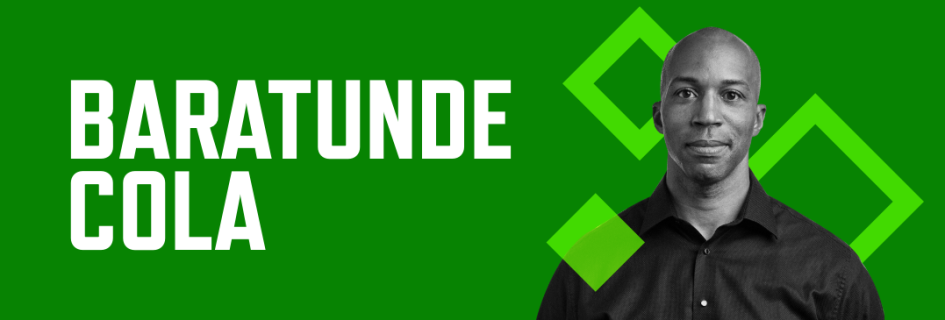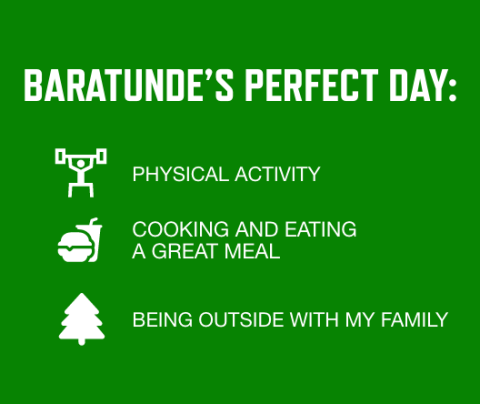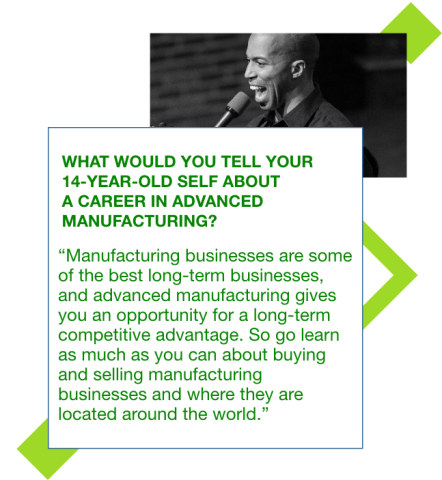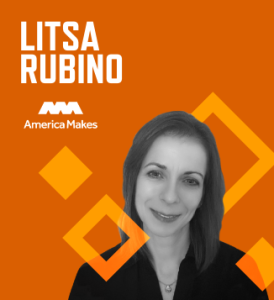
Nanotechnology genius, entrepreneur, athlete
Baratunde Cola has plenty of potential responses when someone asks him to “tell me something interesting about you.”
- The National Science Foundation, back in 2017, named him the top scientist or engineer in the United States under 35 years old.
- He is on the advisory board of the Smithsonian Institution.
- He says he is likely the only person in the history of college football to tear a knee ligament twice as a walk-on player, serve two years as a student equipment manager while rehabbing, and, under a new coaching staff in his final year, beat out five players to earn a scholarship and starting position.
- As an entrepreneur, he built the world’s largest production facility for a breakthrough nanotechnology.
Baratunde is the CEO and Founder of Carbice, which has created an incredibly small material called carbon nanotubes (CNTs) which conducts heat incredibly fast, carrying it away before it can cause problems within a battery. For example, adding CNTs into batteries can allow for electric cars to charge faster and last longer, making them more practical for everyday use.
Carbice is a small business member of PowerAmerica, a Manufacturing USA institute devoted to developing innovative semiconductors to power electronics for medium-voltage products and systems.
Carbice’s CNTs can dramatically improve the performance of the power electronic systems in many energy applications in the industrial sector, such as solar panels, battery storage, electric vehicles, and grid infrastructure. This can lead to fewer emissions and help meet climate goals. Carbice has built the world’s largest production facility for CNTs in Atlanta. In addition to their innovative CNTs, Carbice has developed nanotech-based sensors to provide real-time monitoring of temperature and stress for important machines and systems, allowing operators to conduct preventative maintenance and keep their systems running more consistently.
Baratunde earned his Bachelor’s and Master’s degrees from Vanderbilt University, where he played football, and his Ph.D. from Purdue University, all in mechanical engineering. He has received numerous awards and recognitions and is a frequent public speaker. His leadership and the impact he is having on the industry exemplify the qualities of a Modern Maker.
Q&A with Baratunde
How did you find your way to working in advanced manufacturing?
As I transitioned from my undergraduate study at Vanderbilt University to my graduate studies at Purdue, I found my passion in developing a practical application of nanotechnology. The key to this has always been developing a simple and sustainable process to deliver aligned CNTs at scale. This has always included a focus on advanced manufacturing.


What is the most challenging part of your job?
The most challenging part of my job is aligning all stakeholders internally and externally to drive change in the face of long-entrenched industry habits and behaviors. We enable significant outcomes for our customers, but there are a few dots they have to connect with their material interfaces. So you have to spend time with people to help them see the full picture and how our solution will scale exponentially across industries. This takes a lot of time, which can make it difficult to balance family life.
What is the best part of your job?
The best part of the job is seeing the excitement on the faces of our customers, employees, and stakeholders when they see the results we deliver with a very cool material solution and new science. I really enjoy seeing others become more confident in telling others about the ways that aligned carbon nanotubes make our world better. Advanced manufacturing is a powerful tool to excite personal growth.
What would people be surprised to learn about manufacturing or your role in it?
They would be surprised by how simple a manufacturing process can be when you focus on manufacturability from day one. Advanced manufacturing does not necessarily have to be complex manufacturing.
What advice do you have for someone new to the industry?
If you’re new to the industry, my advice would be to emphasize and prioritize helping others so that you can learn about their needs and challenges as fast as possible. Be curious and ready to dive into opportunities to volunteer and share the results of your work as early as possible. Ask people in the community to give you feedback. You want to learn as much as you can as fast as you can, and your network will build from there.
What makes you excited to go to work?
The people. The Carbice pioneers who are forging the path for the company continue to amaze me with their creativity, passion, and commitment. What we are doing is important for our nation and the world, and we are in a special position to show that the world’s large investments in carbon nanotubes are paying off.
What hobbies make you better at your career?
I like all types of sports, and I like coaching softball. Coaching helps sharpen skills to lead teams and execute.
How does the work you do impact the world?

Our world is on a mission to rapidly transition into a sustainable future. A shift to renewable energies instead of fossil fuels can tackle 55 percent of global greenhouse gas emissions. The other 45 percent of emissions, however, are harder to reduce. They are emissions associated with goods production and land management. We must fundamentally change the way goods are made and used in order to meet sustainability goals. The old “take-make-waste” extractive linear economy has to be transformed into a circular economy to use resources efficiently and sustainably.
I decided a decade ago to focus on building the next generation of thermal interface materials (TIMs) from recycled aluminum and waste carbon gas. Our CNTs enable performance and reliability over time to extend the lifespans of goods and materials. They allow easy reuse and re-work to increase the percentage of electronic components that can be disassembled and recycled. Additionally, Carbice products minimize waste from usage and can be recycled back to raw aluminum stock at their end of life, completely closing the materials’ life cycle in our factory and for our customers.




